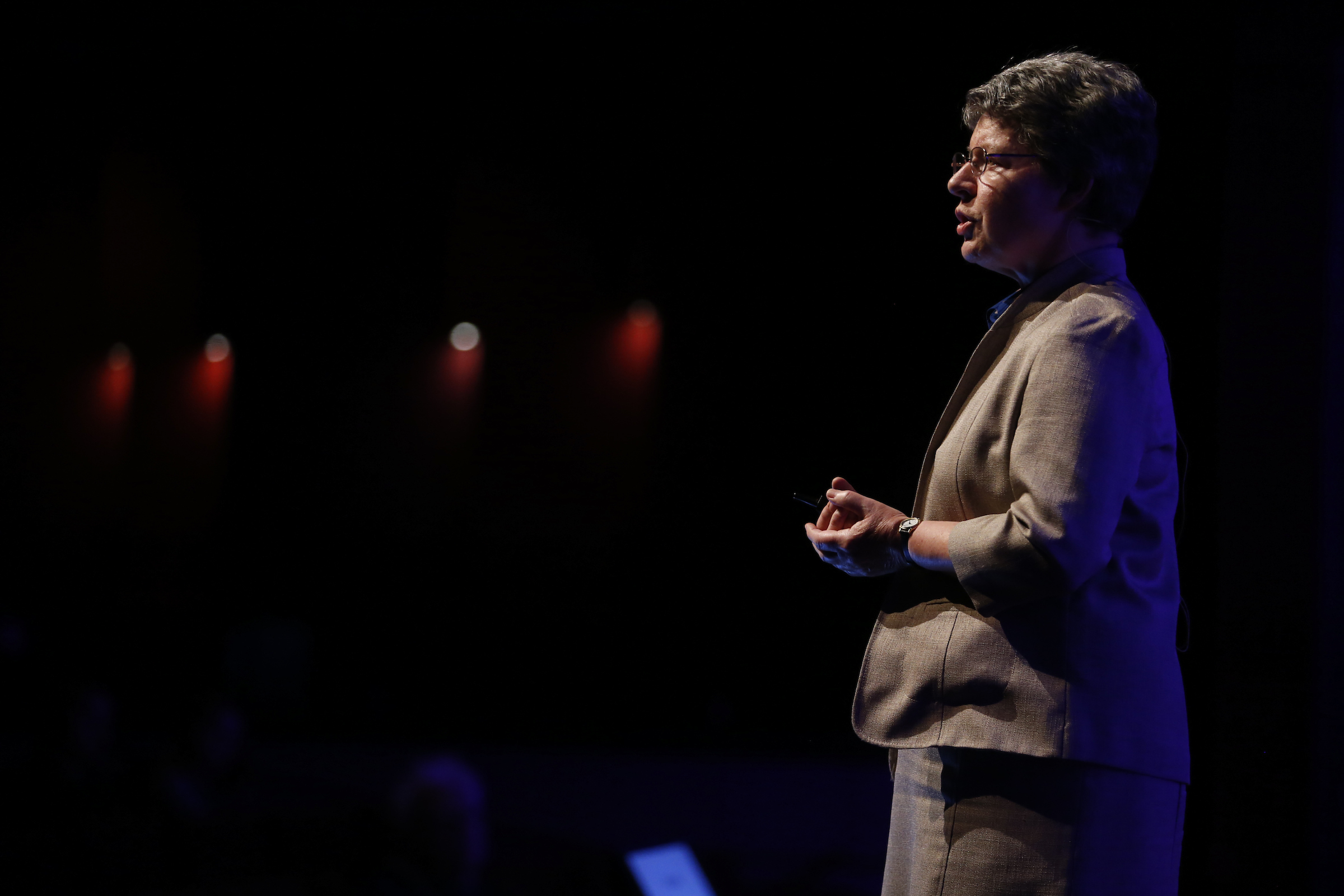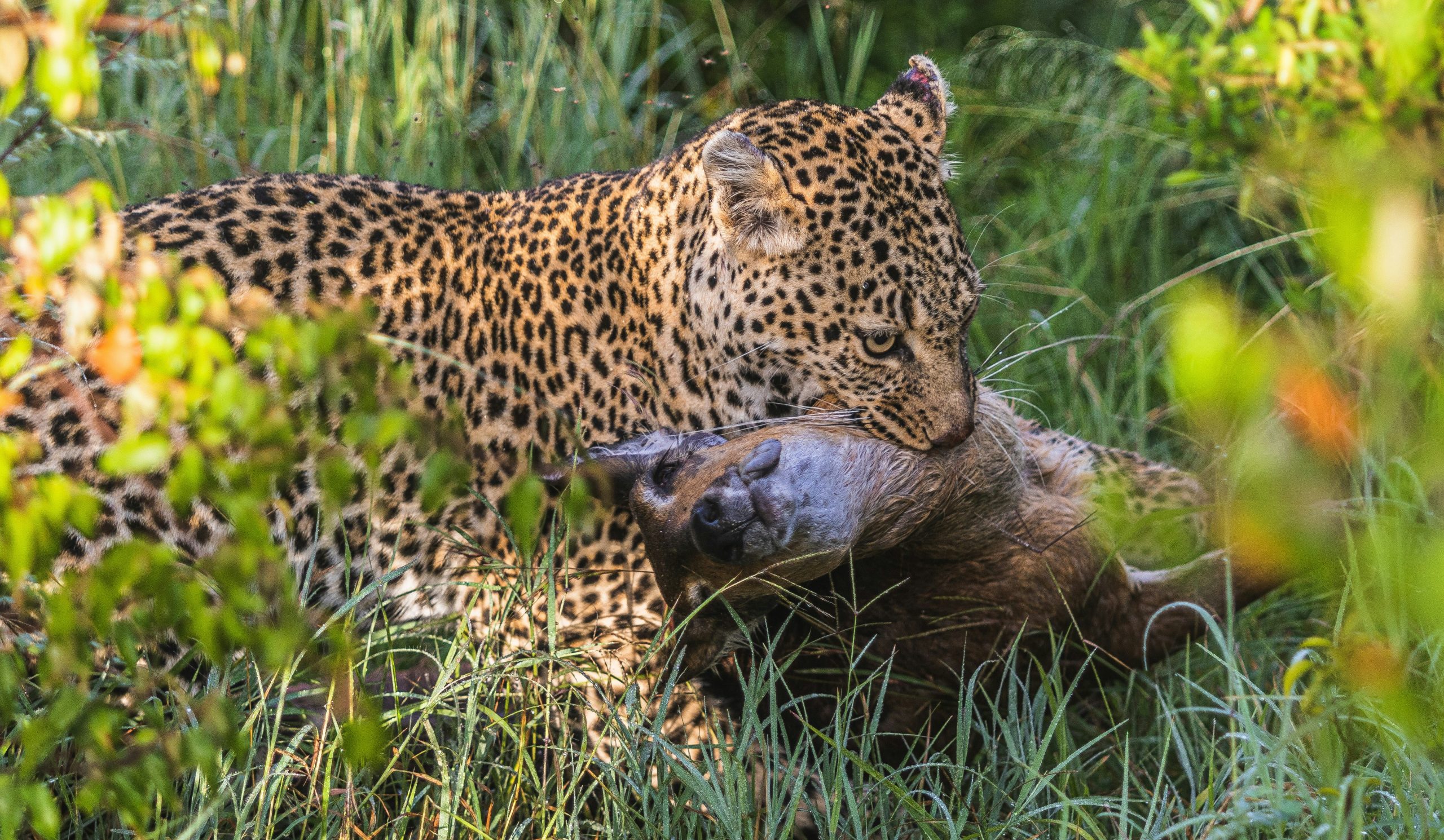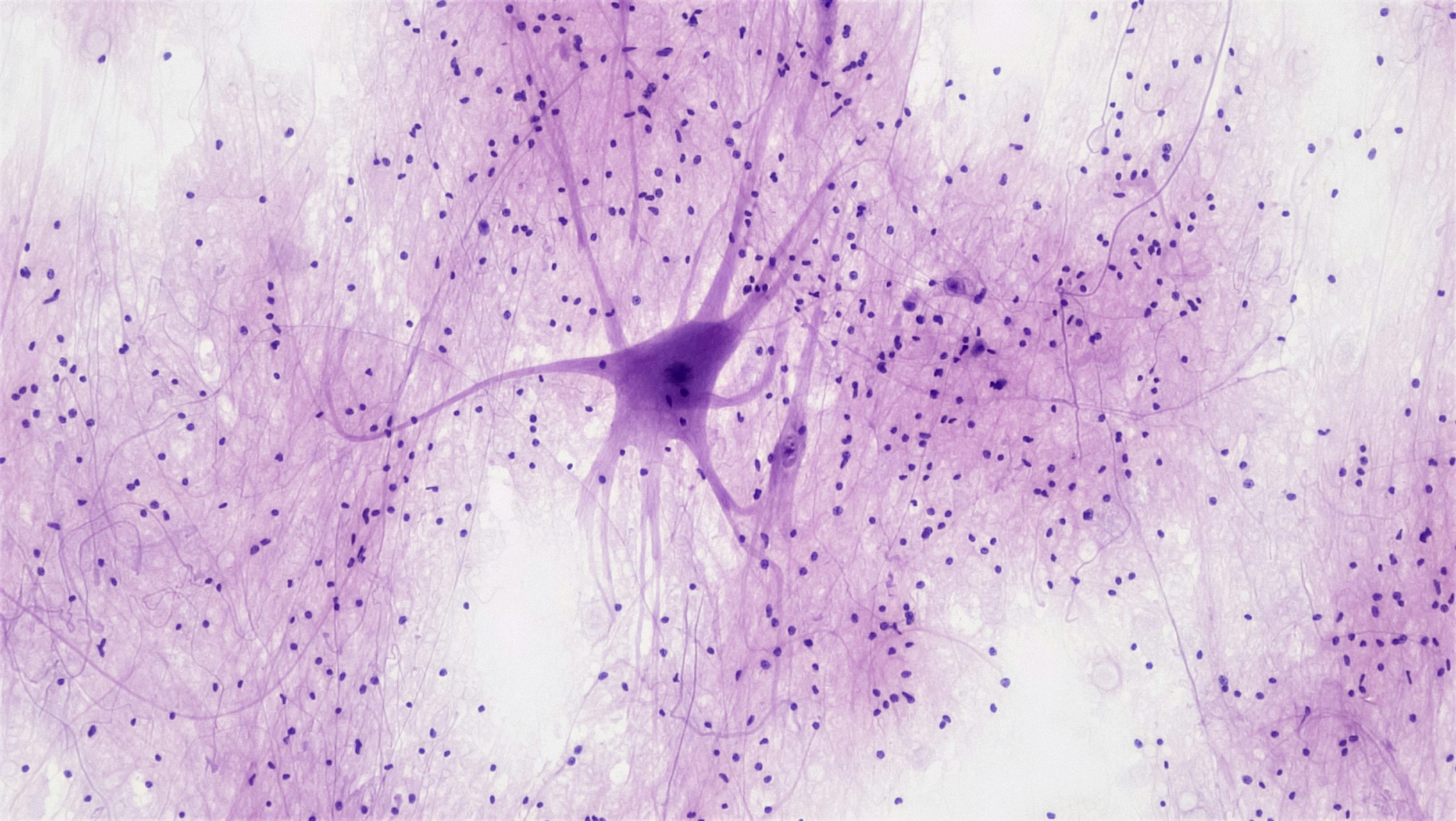by Divya Kartik, Year 12, Guildford High School, Surrey
Have you ever had a person in life whom you admire a lot? My interest in Bell Burnell was piqued the instant I saw a lab named after her at my school. A physics enthusiast myself, I looked her up, and what I read filled me with absolute awe. I learned that Burnell had shaped our understanding of the universe with her sensational discovery of flashing neutron stars – the very first Pulsars! It is truly inspiring to know that a woman from Northern Ireland could overcome the fear of failing, outperform her peers in a male-dominated society, prove to the world that passion, persistence and hard work brings success, and go on to become a legend in astronomy.
Burnell was born in Belfast in 1943 and grew up in Lurgan. Growing up, she had to fight for her right to pursue science at her school where girls were not permitted to study science. After failing to get into a secondary school, she attended a Quaker girl’s boarding school. Thanks to her inspiring physics teacher and her encouraging parents, she soon found her passion for physics. Burnell’s fascination for astronomy sprung from the first flight of Sputnik and her frequent visits to the Armagh Planetarium, which her architect father helped design. She graduated with a degree in Physics from the University of Glasgow, where she was the only girl in her year along with forty-nine men! Striving for excellence, she went on to earn a PhD at Cambridge University in the then new field – radio astronomy.
Burnell and her colleagues built a large radio telescope while working on a project at Cambridge. While reviewing and analyzing her observations, she discovered a series of radio frequencies emitted by a pulsing star. Her advisor, astrophysicist Antony Hewish, dismissed her findings as flare stars. Not one to give up, Burnell continued her investigations. In 1967, she concluded that the regular patterns of radio waves that appeared to pulse once every second were in fact emanating from rapidly spinning neutron stars, which were later called pulsars. Burnell’s curiosity, diligent observations and rigorous analysis under her advisor’s guidance led to one of the greatest astronomical discoveries of the twentieth century.
Her work was to receive the first ever Nobel Prize for Physics in the field of Astronomy – but the award was given to Antony Hewish in 1974. Burnell was not included. Although her fellow scientists found the omission outrageous, Burnell did not see this as a discouragement and humbly commented that she was a research student who assisted in the discovery.
Burnell was President of the Royal Astronomical Society between 2002 and 2004. She was made a dame in 2007. In 2008 she became the first ever female President of the Institute of Physics. She helped set up the Athena Swan programme, credited with improving the lives of women in academia. She is a Visiting Professor of Astrophysics in the University of Oxford and president of the Royal Society of Edinburgh.
What makes Burnell one of the leading astrophysicists alive today is her passionate approach and commitment to science. Burnell won the Breakthrough Prize in 2018, worth £2.3 million, for her discovery of radio pulsars. She donated all the money to the Institute of Physics to fund women, under-represented groups, and refugees to become physics researchers.
At a time today when girls my age debate whether to pursue an education/career in STEM or not, Burnell’s many achievements make her an inspirational role model, as a woman who pioneered and succeeded by pursuing her passion. Burnell said “When I started secondary school, it was assumed that the girls would do domestic science and the boys would do science, and I wasn’t too happy with that.” Her words inspire me to continue to encourage and motivate the next generation of girls into STEM fields.
Burnell may not have won the Nobel Prize but she won a place in history as a woman who pushed boundaries, built a successful career in astrophysics and continues to contribute to the field of astronomy in more ways than one. Whenever I see her name, my heart swells with admiration, renewed energy, drive and confidence to work hard and never give up!





